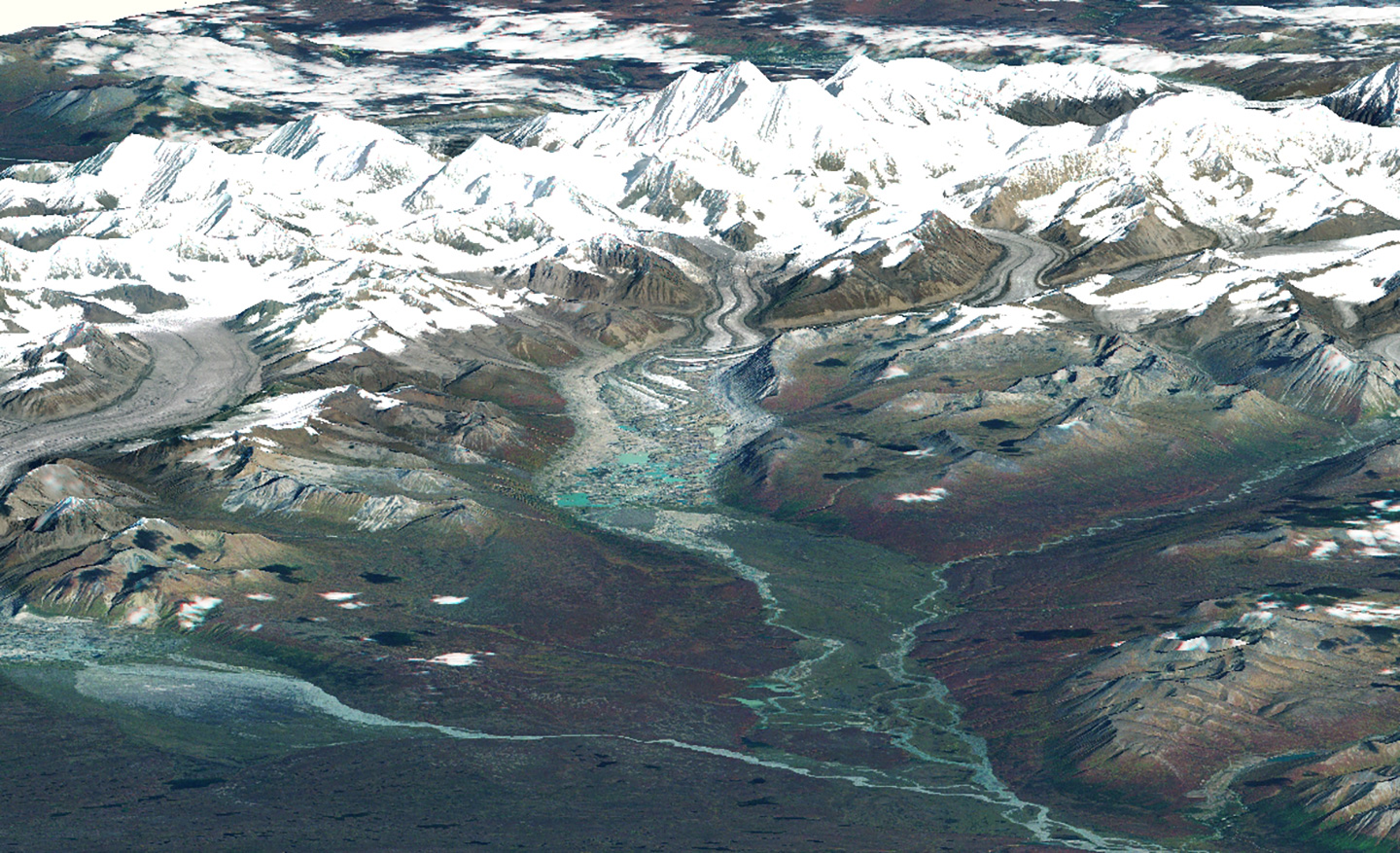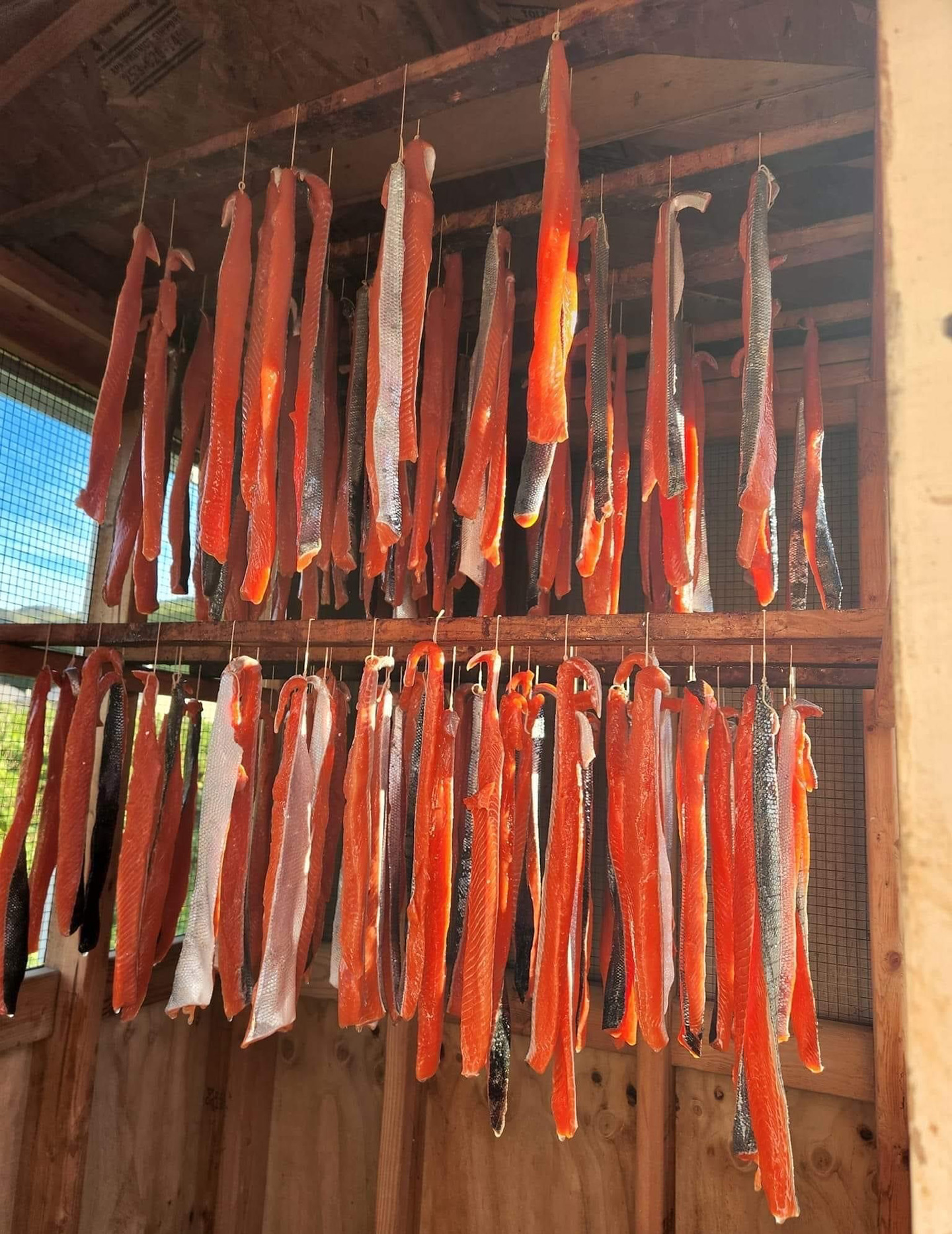Don’t be fooled by the gorgeous landscapes, Alaska can be a challenging place to live. The state faces unique supply chain challenges with its location and climate. Nearly 95% of Alaska’s purchased food is imported, and extreme weather and seasonality can leave rural Alaskan communities without food for weeks or more. This is a serious issue—a reliable, affordable, and sufficient food supply is one of the highest needs of a society.
Understanding these challenges, Alaska Gov. Mike Dunleavy initiated a task force on food security and independence charged with being “responsible for recommendations on how to increase all types of food production and harvesting in Alaska, and to identify any statutory or regulatory barriers preventing our state from achieving greater food security.”
Our team was invited to support the efforts of the (Alaska Food Security and Independence) task force as they seek to promote the health, safety, and wellbeing of Alaska’s citizens. As Alaskan citizens ourselves, this project was an exciting opportunity to impact the lives of our communities and peers.”
Amber Chambers and Hillary Palmer
The results of the task force included a report authored by the Alaska Food Policy Council and an accompanying website created by our team. The website is an educational resource that provides a more user-friendly way to engage with the information in the council’s report. On the website, users can discover information on the task force, including its goals and actions, as well as recommendations they can take to combat Alaska’s food challenges.
 Alaska faces unique supply chain challenges with its location and climate. Nearly 95% of Alaska’s purchased food is imported, leaving Alaskans extremely vulnerable to supply chain breakdowns.
Alaska faces unique supply chain challenges with its location and climate. Nearly 95% of Alaska’s purchased food is imported, leaving Alaskans extremely vulnerable to supply chain breakdowns.
Food Sector Strengths, Weaknesses, Opportunities, and Challenges
One of the most exciting features of the website is the interactive infographic that lists food sector strengths, weaknesses, opportunities, and challenges (SWOC). The website’s graph gives descriptions of the SWOC for multiple sectors, including wild foods, production, processing, distribution and aggregation, access, preparation and consumption, waste and recovery, and food future. The graph gives a broad overview and is a resource for questions users might have. It also provides an engaging way for users to digest the findings of the task force.
Users can select one sector they are interested in learning more about or scan through all of them to create a general understanding of all the elements of Alaska’s food systems. We think users will be especially interested in the opportunities section of each sector—which details ways to combat the challenges presented and gives ideas for future growth. These will serve as tools to guide Alaskan citizens as they continue to achieve greater food security.
 Strips of salmon in a drying shed.
Strips of salmon in a drying shed.
Opening the Door to Additional Opportunities
After presenting the project to audiences at the Alaska Geospatial Council’s Geographic Information System (GIS) Day celebration, our team was chosen for another impactful project to analyze other food and supply chains. We are excited to continue this valuable work that will positively impact the lives of so many.
The new opportunity is also a reminder that it is always worth following what excites and inspires you—it may just provide additional chances to do what you love!